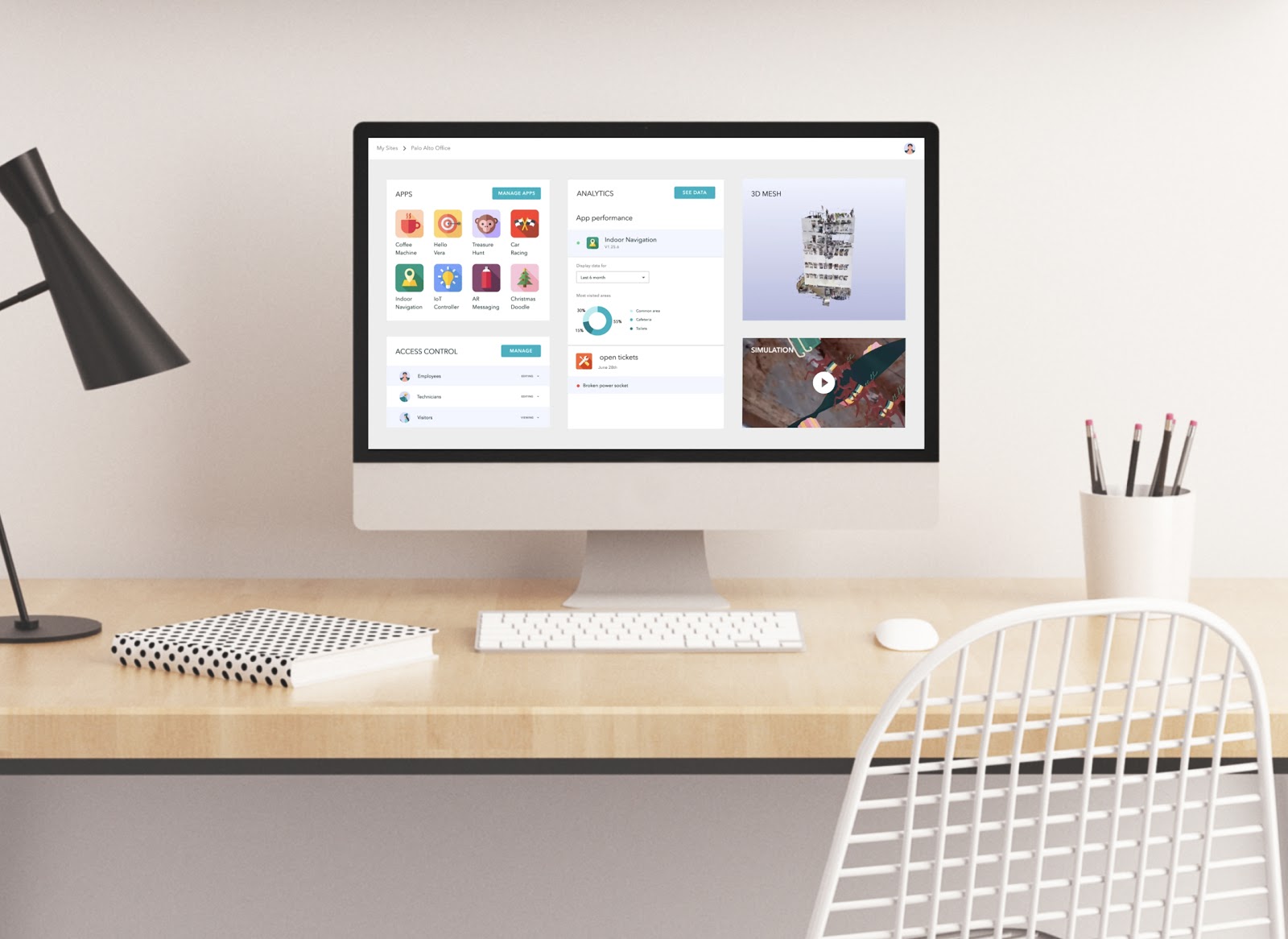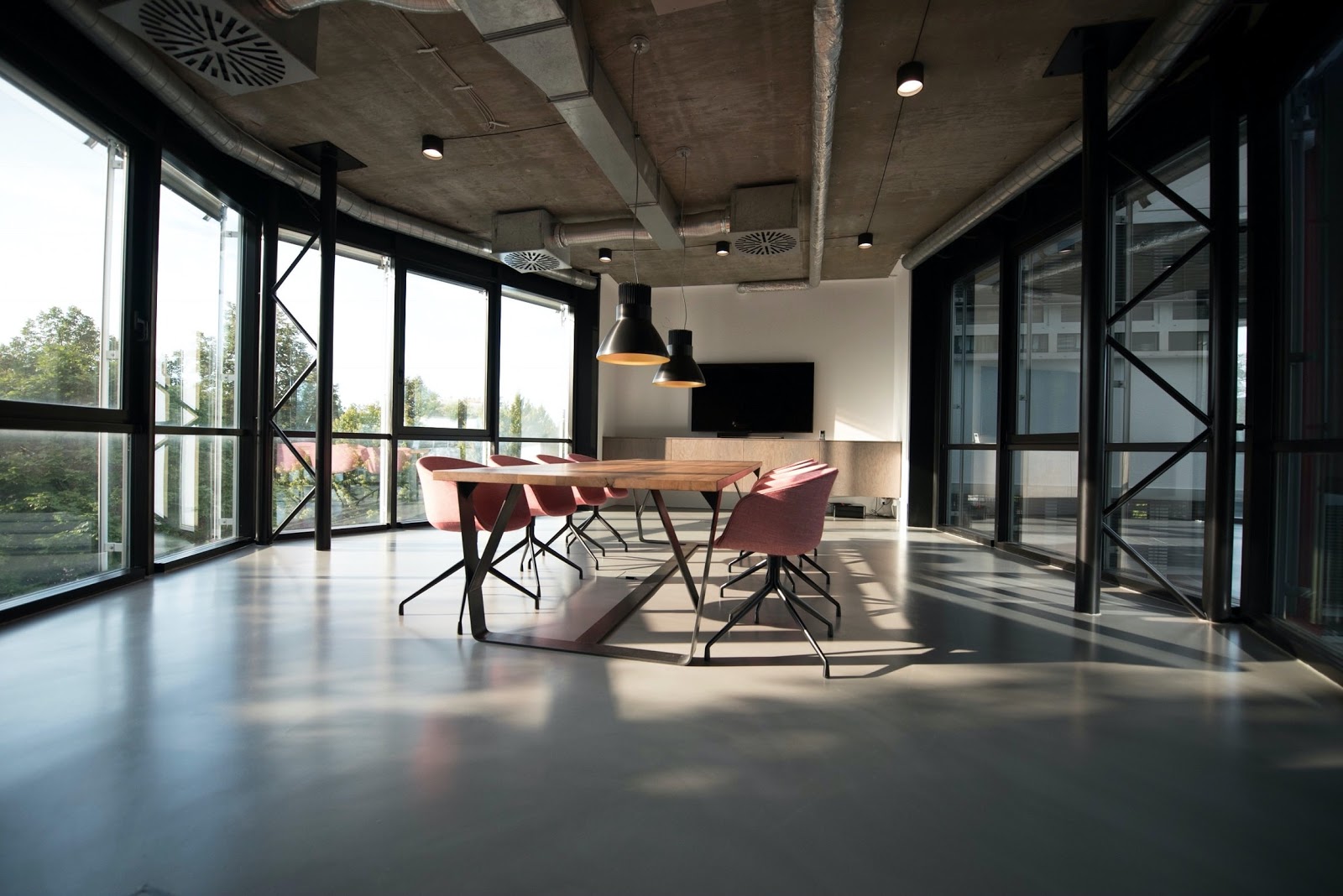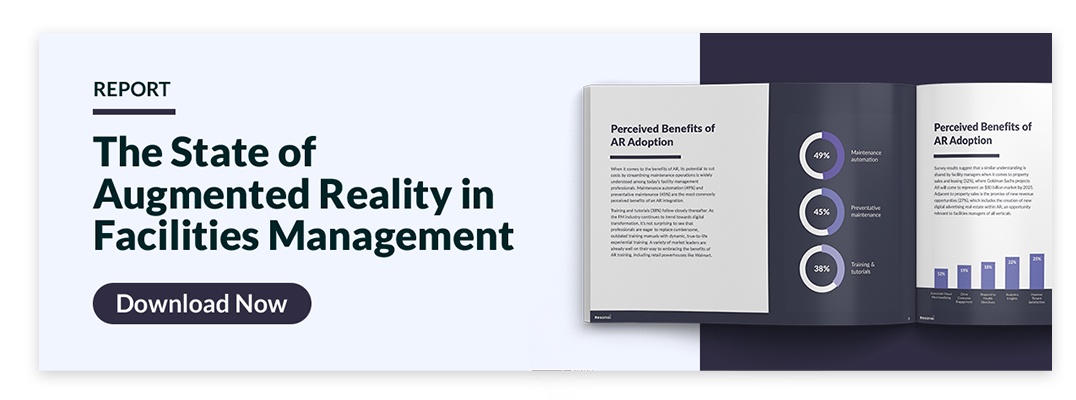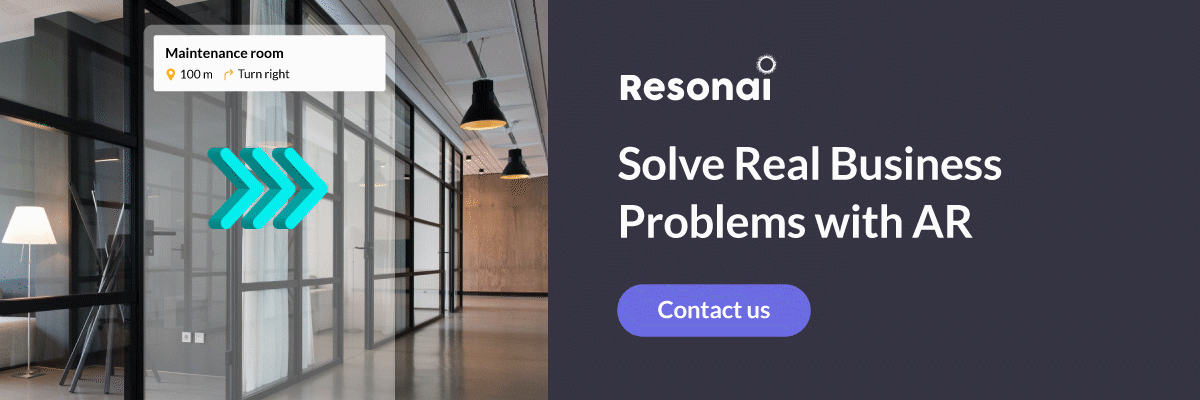What is CAFM? The Role of Computer-Aided Facility Management in 2020
In addition to AI, AR, and IoT, solutions like CAFM are accelerating digital transformation in the facilities management industry

In 2020, facility management is far more complex than it seems at first glance. Today’s managers are responsible for optimizing efficiencies across multiple departments, managing maintenance operations, overseeing health and safety procedures, and more. As businesses push increasingly for lean organizational structures, the pressure placed upon facility managers will increase exponentially. These developments are why computer-aided facility management, or CAFM, has become a vital solution for the industry.
Let’s explore how CAFM software can improve efficiency and effectiveness in the modern commercial building.
Need a primer of Facilities Management Software? Check out our article, Facilities Management Software: The Essential Guide.
Jump to a section
What are the benefits of CAFM?
What are the use cases for CAFM?
What is CAFM?
CAFM, or computer-aided facility management, refers to any software that helps facility managers organize and complete their daily tasks, from maintenance to asset management. But that’s just scratching the surface — modern CAFM solutions offer advanced capabilities that provide a deeper level of insight into your building’s operations. It supports the needs of the agile workplace by placing data at your fingertips. For example, a CAFM platform can monitor space usage, catalogue furniture layouts, manage conference room reservations and more.
A comprehensive computer vision smart building platform like Vera takes CAFM a step further by pairing it with AI, wayfinding and AR technology. For example, advanced data analytics can track traffic patterns in real-time and automate energy consumption accordingly. Digital twin technology makes remote facility management exponentially more effective by providing a virtual window into the space. Meanwhile, automation and AR navigation can streamline the submission of maintenance requests and execution of repairs. This is just a sampling of what is possible. While these capabilities exceed those of the average CAFM platform, such technologies can be layered into your workflows gradually. Keep this in mind when selecting a CAFM platform — choose a future-proof solution.
Back to topWhat are the benefits of CAFM?
CAFM helps facility managers work with greater efficiency, freeing them to fulfill a more strategic role rather than juggling the day-to-day. When paired with other, more sophisticated technologies, CAFM can have a substantial effect on a company’s bottom line, while fueling top-line growth. The benefits of such a system include:
- Increased productivity through automation
- Remote management capabilities through admin dashboard
- More effective maintenance workflows, including faster repairs and less downtime
- Extended equipment lifecycles with AI-powered predictive maintenance
- Real-time data and advanced analytics to guide decision making.

What are the use cases for CAFM?
CAFM is applicable in the management of almost any type of facility, including office buildings, hospitals, manufacturing plants, universities, and more. But what does CAFM look like in practice? Here are a few examples:
Asset management
Asset management goals are far easier to achieve when leveraging CAFM tools. They help facility managers better organize data relating to any equipment by listing details like recent usage, current location, or overall value. This use case applies to the manufacturing industry, but any Maintenance and IT department can benefit from asset management solutions, although their use is rarely limited to any single group within an organization.
Managing these records from a CAFM lets facility managers:
- Look up the last known location of individual assets, along with details on who uses them
- Automatically generate reports that summarize the value and condition of assets
- Keep track of financial expenditures relating to asset usage or repairs.
Property management
Scaling up from assets, CAFM is essential for any organization wishing to manage commercial buildings from a single database. Each listing can detail property condition, value, local managers, and any location-specific structural or mechanical details. Property management CAFM is most commonly used by real estate agencies, but it’s necessary for any facility managers overseeing a large network of properties.
With CAFM tools, property managers can:
- Quickly create listings for newly added properties
- Look up details on specific properties using custom search fields
- Generate reports on the financial value and maintenance needs or each property.
Analytics and reporting
For most facility managers, CAFM technology represents the untapped potential for data-driven analysis. Here is one example: By bringing large volumes of asset records together in a single database, facility managers can review usage and maintenance statistics from a single dashboard. This ability lets them generate reports, analyze historical trends, and locate cost inefficiencies at an organizational scale.
People management
Facility management does not apply solely to physical objects — it can also apply to individuals within a facility. That could encompass managing the tenant experience, or managing an entire human resources department. CAFM tools can track tenants or employees movements within a facility and optimize systems accordingly. From a staff management perspective, it can also streamline work scheduling and task assignments. Businesses with frequent visitors can also note when guests arrive and exit, or how they move within a property. With the analytics and reporting tools above, facility managers can track efficiencies at the human level and optimize as necessary.
Maintenance
Last, but certainly not least, CAFM can optimize maintenance workflows across a commercial facility. Facility managers can look up the condition of equipment and flag them for repairs without locating it in-person. CAFM can also schedule tasks like inspections automatically or place a request to third-party maintenance crews if your organization doesn’t have a dedicated department to manage repairs. Certain systems even allow non-maintenance personnel — such as tenants or guests — to submit repair requests straight from their device.

Going beyond CAFM
If your resources are limited, it may be worth considering a complete platform that goes beyond what CAFM typically offers. In 2020, AI-powered platforms are ideal candidates for this role. These solutions offer more robust features than traditional CAFM software, while incorporating recent technologies like augmented reality, analytics, or wireless connectivity. Some such platforms even come pre-configured with facility management applications.
Unifying these capabilities within a single dashboard creates all kinds of benefits. For-profit businesses can reduce costs and maximize efficiencies while measuring the impact of each optimization. Hotels and apartment buildings can improve operations in ways that enhance property value.
It’s also worth noting how AI-powered can address the modern realities of COVID-19. Whether you are trying to maintain social distancing practices within your business or ensure ventilation systems are performing optimally, facility managers have a pivotal role in keeping others safe. Expanding the definition of what CAFM is capable of can be immensely useful in this task.
The good news is achieving these benefits is easier than you might think. Our new ebook on smart buildings explores the ways facility managers can upgrade their properties to leverage CAFM, AR, and much more. Any business looking to save money, increase efficiency, and gain more control over day-to-day operations can benefit from the custom solutions we discuss here.
Are you ready to learn more? Get in touch with Resonai today and set up a free demonstration.
Subscribe to Our Newsletter!
Read More
The Benefits of BIM & Digital Twins for Facilities Managers in 2020
Modern buildings are impressively complex structures, especially at the enterprise level....
How AR Can Maximize the Value of a Lean Facilities Management Staff
The COVID-19 outbreak has put a strain on the global economy, and as a result, many businesses are...
The Best BIM Software Platforms of 2021
Architects, designers, and project managers require any number of digital tools and resources to...

